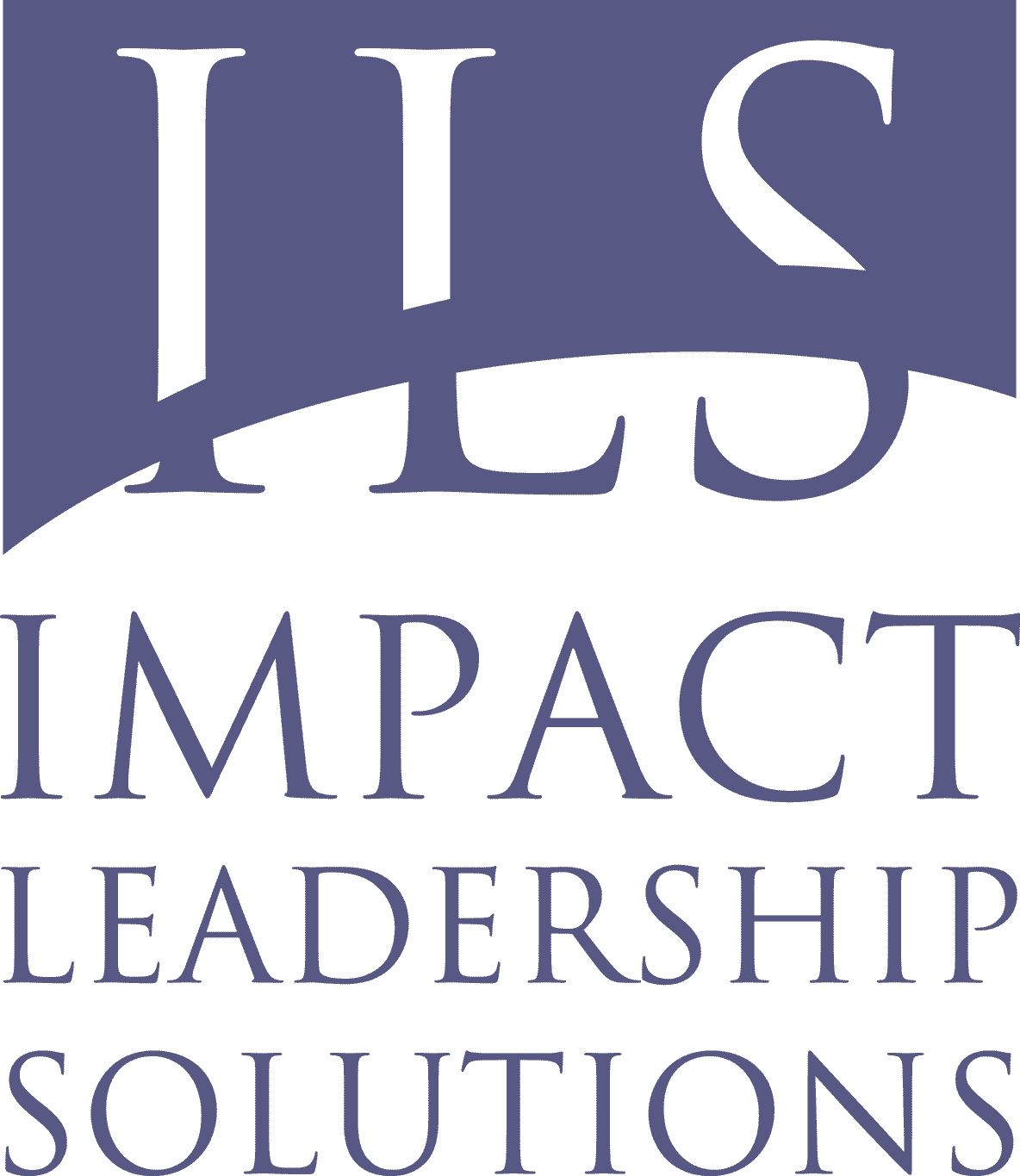Scenario
Sophia, a Senior Vice President at a fast-paced technology company, was a highly accomplished leader with a track record of success. However, she struggled with self-doubt and imposter syndrome, often second-guessing her decisions and avoiding speaking up in high-stakes meetings. This lack of confidence elevated her stress levels, impacted her performance, and hindered her ability to lead effectively. She found it difficult to stand her ground in critical conversations, whether negotiating resources, delivering feedback, or advocating for her team. Seeking to overcome these challenges, Sophia turned to coaching to build confidence, reduce stress, and communicate with greater assertiveness.
Strategy
Step 1:
Uncover Root Causes
Step 2:
Build Confidence Through Action
Step 3: Manage Stress
Step 4: Master Assertive Communica-tion
Our coaching journey began by exploring the underlying factors contributing to Sophia’s lack of confidence. Through self-assessment tools and reflective exercises, Sophia identified specific thought patterns fueling her imposter syndrome, such as perfectionism and an overreliance on external validation.
Together, we reframed her perspective on success and failure, focusing on how to value her expertise and contributions rather than fixating on perceived shortcomings. This shift laid the groundwork for tackling her self-doubt.
To help Sophia rebuild her confidence, we adopted an incremental approach. She set small, achievable goals, such as voicing her opinions in team meetings or sharing her ideas during leadership discussions. Each success reinforced her belief in her capabilities.
Additionally, Sophia worked on creating a personal “confidence toolkit” that included strategies like visualization exercises before high-pressure situations, techniques to counter negative self-talk, and keeping a journal of her accomplishments to remind herself of her impact.
Since stress was a significant factor in Sophia’s struggles, we introduced practical techniques to help her manage it. We taught Sophia to prioritize and focus on high-value tasks while delegating less critical ones. This alleviated her stress and improved her ability to lead by example, showing her team the importance of prioritization and balance.
Assertiveness became a central focus of our coaching sessions. Sophia learned techniques to communicate her ideas with clarity and conviction, as well as learning critical elements of nonverbal communication. Over time, these tools became second nature, enhancing her executive presence.
Results
Within six months, Sophia experienced significant growth in both her confidence and leadership effectiveness:
-
Increased Confidence: Sophia reported a dramatic reduction in self-doubt and imposter syndrome. She felt more comfortable advocating for herself and her team and trusted in her ability to navigate complex situations.
-
Stress Reduction: Sophia successfully balanced her professional and personal life by implementing stress-management strategies. She reported feeling more energized and focused, with fewer instances of burnout.
-
Improved Communication: Sophia’s assertiveness allowed her to stand her ground in critical conversations. Her colleagues and senior leaders noticed her newfound ability to communicate with clarity and authority, which improved her credibility and influence.
-
Enhanced Leadership Impact: With greater confidence and a lower stress level, Sophia became a more effective leader. Her team thrived under her guidance, noting her increased decisiveness and presence in leadership meetings.
Sophia’s transformation demonstrates that confidence is not an inherent trait but a skill that can be cultivated with intention and effort. She unlocked her potential as an influential and respected leader by addressing the root causes of her imposter syndrome and building practical tools for confidence, stress management, and communication.

